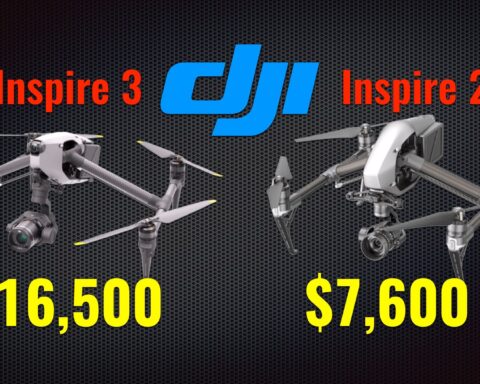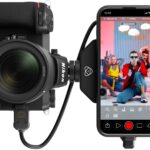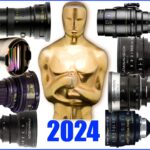This great educational video made by Mauri de Haro shows a comparison between the iPhone 13 Pro and the Canon EOS C300 Mark III. The comparison is smartly made. The shots were examined by a professional cinematographer who tried to guess which is which. Thus, it’s most intriguing to discover if the pros can identify which shot was made on the iPhone 13 Pro, and which shot was made on the Canon EOS C300 Mark III. Did the iPhone 13 Pro footage has managed to trick the polished eye of the professional cinematographer? Here’s the spoiler: No it did not! But read this article anyway 🙂
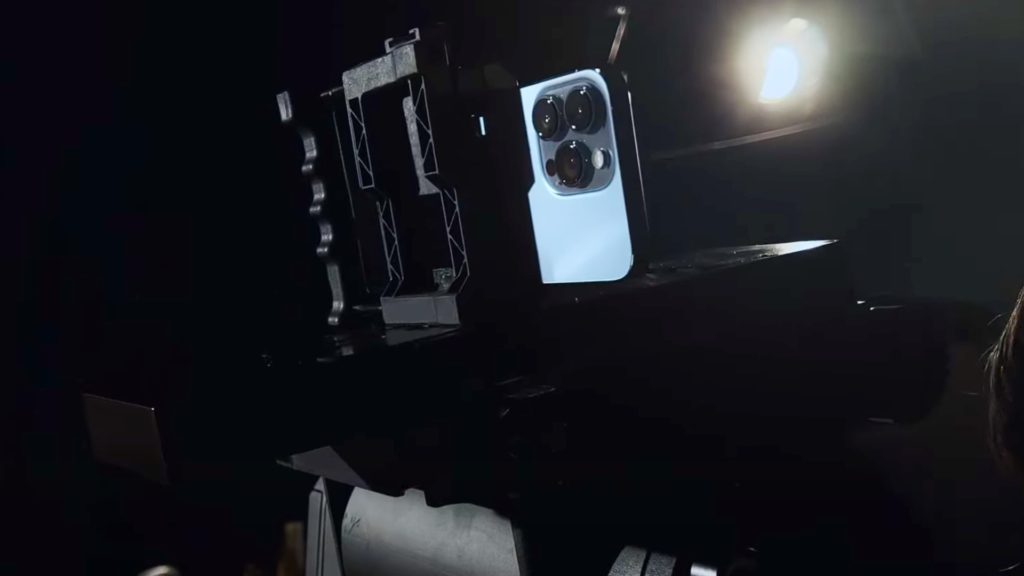
iPhone 13 Pro as a professional filmmaking machine
There’s no doubt that the iPhone 13 Pro owns some impressive specs regarding its filmmaking capabilities. With a maximum bit rate of 92MB/sec by shooting ProRes 422 HQ and Cinematic Mode, the iPhone 13 Pro aims to replace cinema cameras in some scenarios, and that’s Apple’s intention. The company even advertised this new smartphone as a replacement to cinema cameras, by recruiting top-notch cinematographers that used the iPhone 13 Pro to shoot movies (=Apple’s commercials). Those cinematographers stated that the iPhone 13 Pro is like having “Hollywood in your pocket”. However, let’s say the truth. None of those ‘acclaimed cinematographers’ are going to bring the iPhone 13 Pro to their Hollywood productions. They will get their ALEXAs instead.
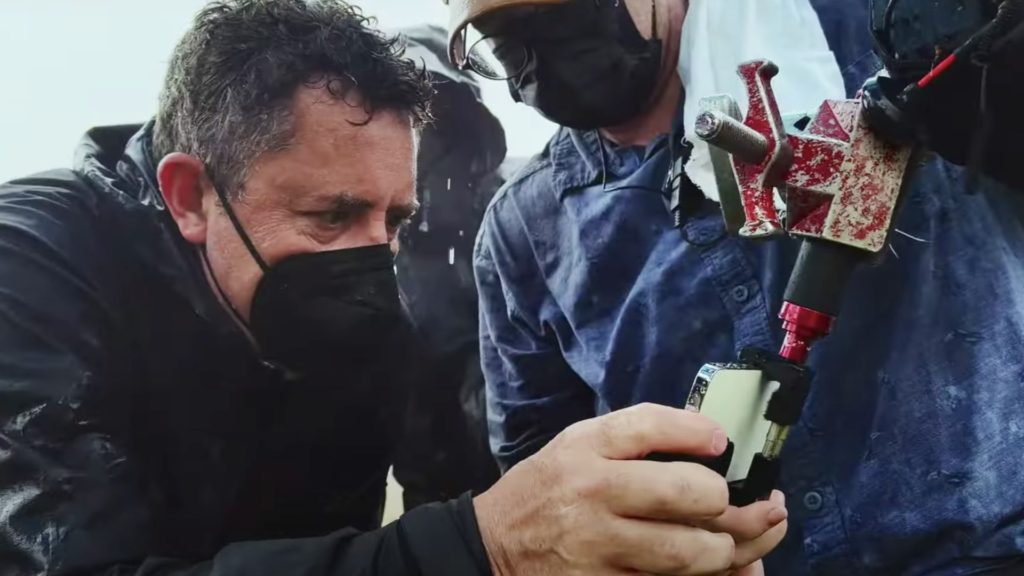
iPhone 13 Pro vs. cinema camera
Nevertheless, can you spot the differences between a video shot on the iPhone 13 Pro to a video shot on cinema cameras? Most probably you won’t, unless you examine the shots on a high-end TV, or even better, watch it on the big screen (=movie theater). Let’s not forget that cinema cameras, as their name indicates, are being developed to take the footage to be screened on a…cinema (=movie theaters) and not less than that. I ensure you that you’ll definitely notice the difference between a film shot on iPhone 13 Pro, and a film shot on a cinema camera when watching it in a theater. Nevertheless, the comparison below was really well made, and it is worth watching from an educational point of view.
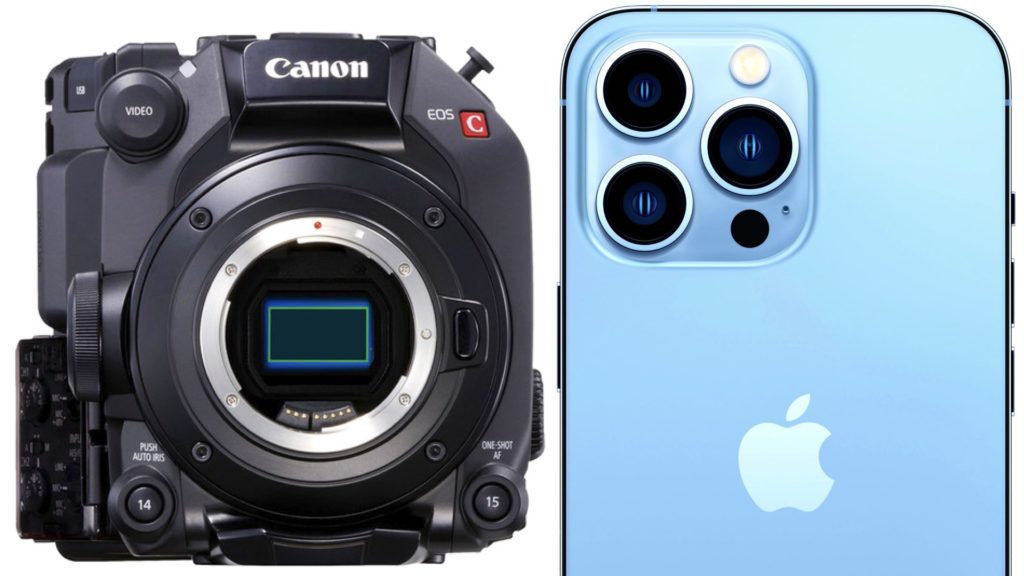
Comparison: iPhone 13 Pro vs. Canon C300 Mark III
Materials and methods: Two similar shots were taken. One with the iPhone 13 Pro, and the other with the Canon EOS C300 Mark III. Each shot was screened on a TV. The shots were examined by a professional cinematographer. The cinematographer’s mission was to guess which footage was shot on the iPhone 13 Pro, and which was shot on the C300 Mark III. The number of tests: 10.
Results: The cinematographer scored 9 of 10.
After watching the comparison, here’re the key points that differentiate the iPhone 13 Pro from the Canon EOS C300 Mark III, according to the cinematographer:
- The iPhone 13 Pro doesn’t have many details in the highlights compared to the Canon C300 Mark III.
- The Canon C300 Mark III has a better highlight rolloff.
- The iPhone 13 Pro footage is characterized by a ‘mechanical’ look.
- The iPhone 13 Pro has a more saturated – video-ish look.
- The iPhone 13 Pro has fewer details in the shadow.
- The C300 Mark III has a cleaner and nicer focus shift.
- The C300 Mark III presents more details in complex images and condensed objects.
- The C300 Mark III presents the sky and highlights in a more ‘delicate’ look & feel. (In HDR mode in the iPhone 13 Pro you can get more details in the highlights, but again, it looks less delicate and more mechanical compared to the Canon C300 Mark III.
- The iPhone 13 Pro looks more like an Instagram filter, as opposed to the natural look of the C300 Mark III.
- The C300 Mark III offers a more natural, authentic, and beautiful bokeh.
- The C300 Mark III offers more softness.
- The iPhone 13 Pro flares pretty much aggressively as compared to a cinema camera. However, the flaring looks mechanical and sharp. ‘It’s not a natural fraction of light” said the cinematographer.
- The flare of the iPhone 13 Pro is characterized by a digitally manufactured look.
- The iPhone 13 Pro produced great images, but not cinema-level quality images.
- The iPhone 13 Pro images are still very impressive.
Watch the comparison below:
Discussion
When comparing the footage of the iPhone 13 Pro to the Canon EOS C300 Mark III, it was pretty obvious to the professional cinematographer, which is which. The cinematographer was correct 9 times of 10. The iPhone 13 Pro was reported to be characterized by a ‘mechanical’ look, computerized bokeh, and video-ish feel. However, the cinematographer was surprised by the high-quality imagery of the iPhone 13 Pro. It was concluded that the iPhone 13 Pro produces great images, but not cinema-level images. Moreover, it was not mentioned in the video about the codecs. What were the codecs of the C300 Mark III? Did they utilize the maximum quality of the iPhone 13 Pro (ProRes 422 HQ)? Did they utilize the maximum quality of the C300 Mark III? Without knowing the codecs, it’s hard to make a defined conclusion. It’s a solid discussion though. Below you can explore another comparison between the iPhone 13 Pro (ProRes) and the RED Komodo. You should watch it on a high-end TV in order to see the differences:
Summary
The iPhone 13 Pro owns some pretty concrete impressive video capabilities. However, it’s not supposed to replace a cinema camera, especially if the final product is delivered to the big screen. The term “Hollywood in your pocket” is a bit an overstatement, because it is not. Nevertheless, Apple is going in the right pathway, and that means, its future iPhones (or maybe cinema cameras), will eventually be used in professional productions. But it will take another couple of years till the imagery is mature enough.
Product List
Here’re the products mentioned in the article, and the links to purchase them from authorized dealers.
- RED Komodo 6K Digital Cinema Camera
- Canon EOS C300 Mark III Digital Cinema Camera Body


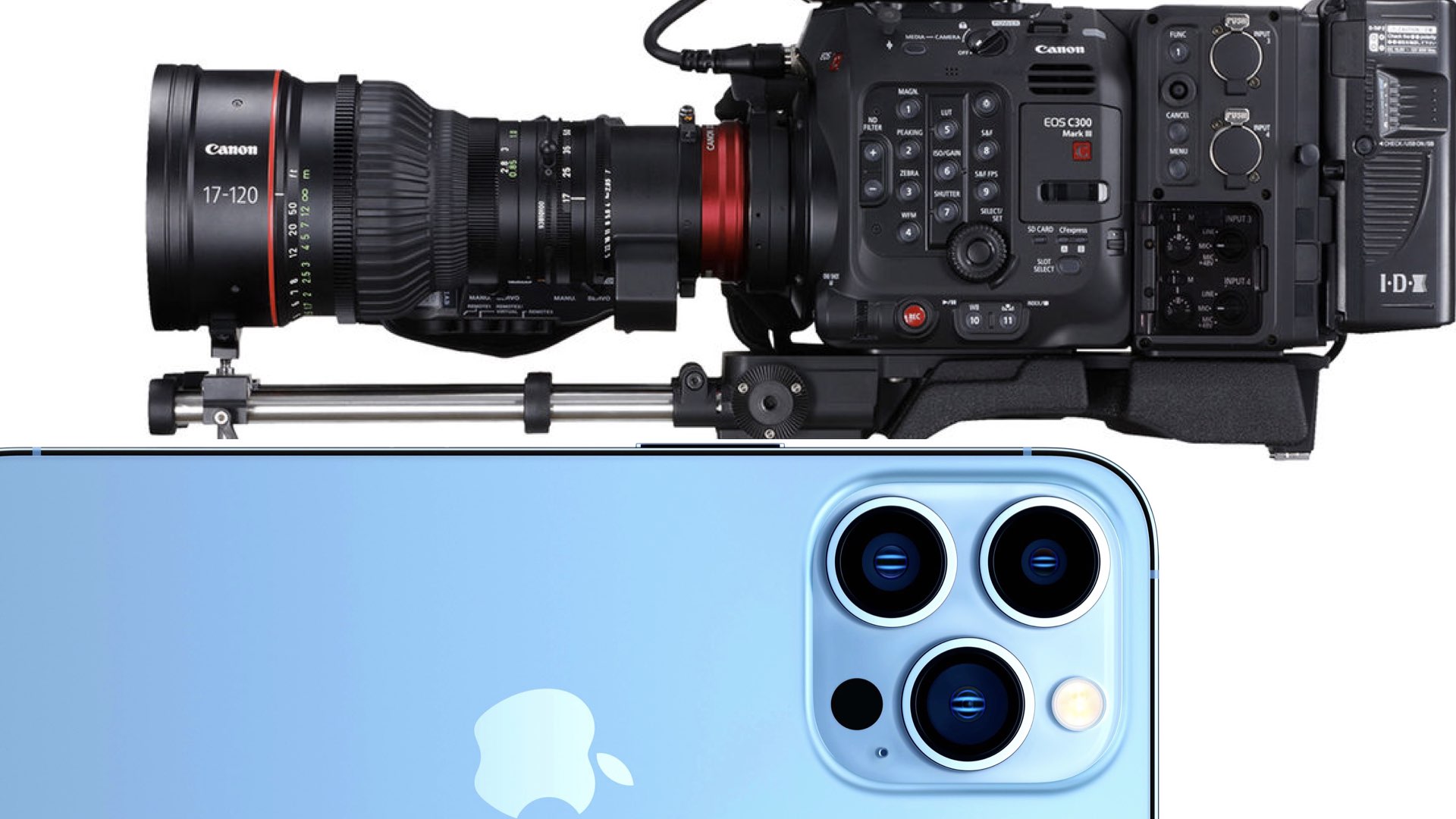
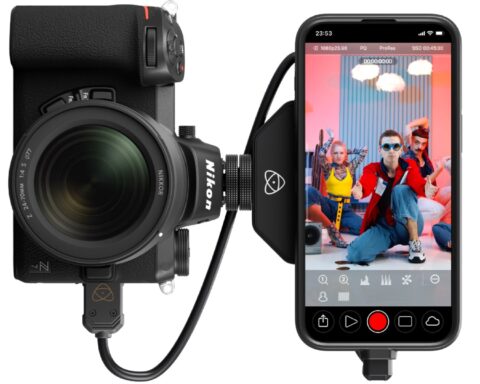
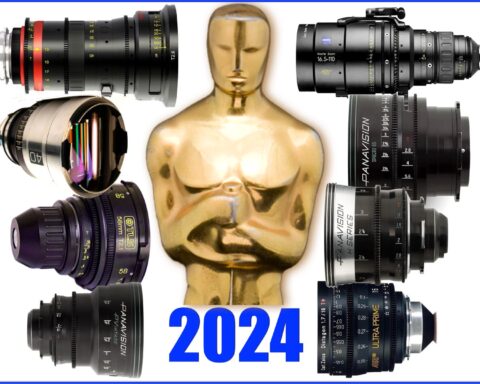
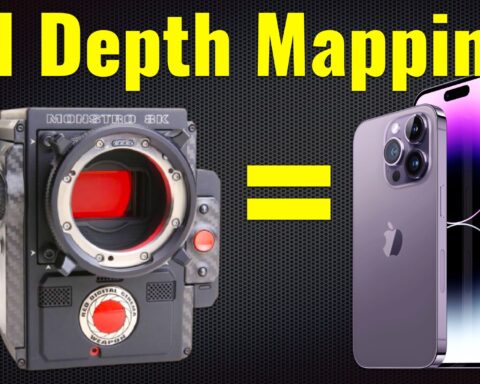
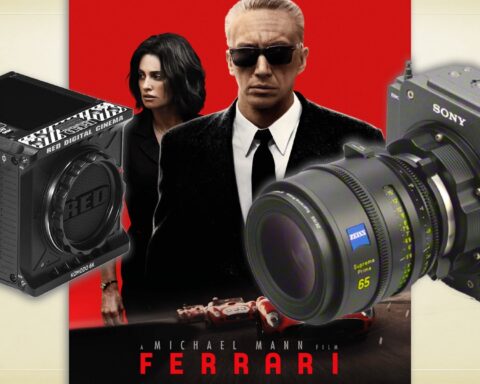
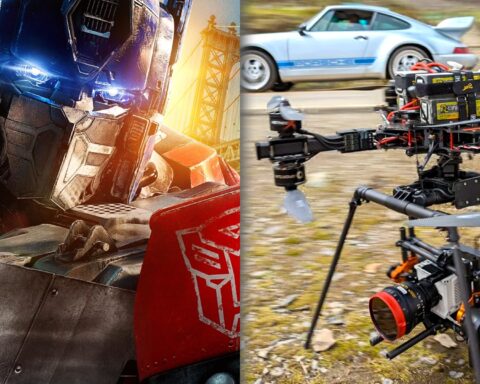
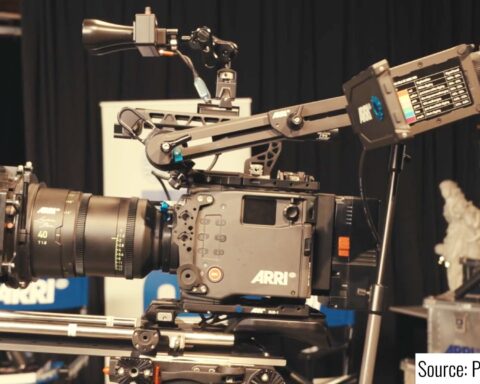

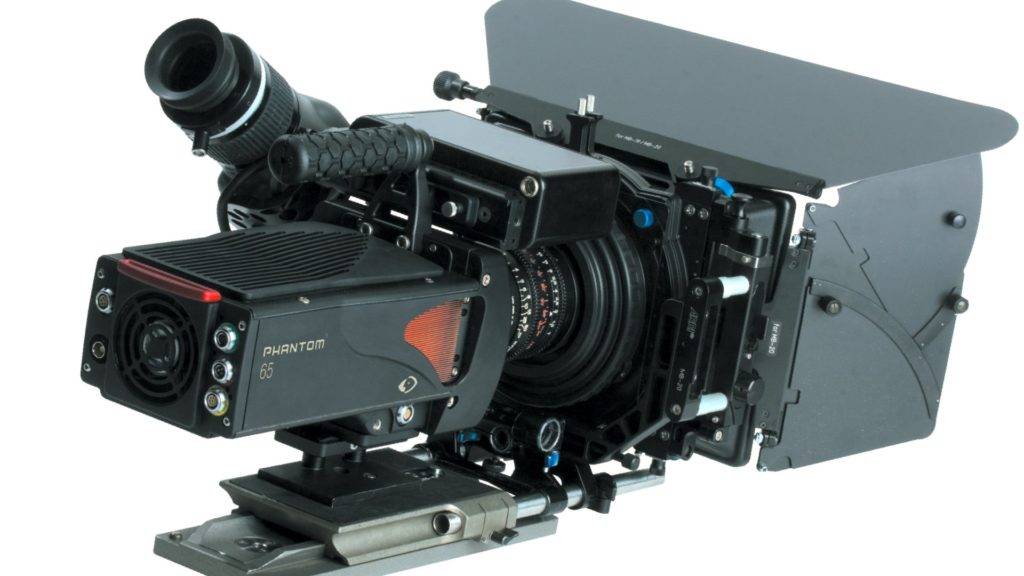
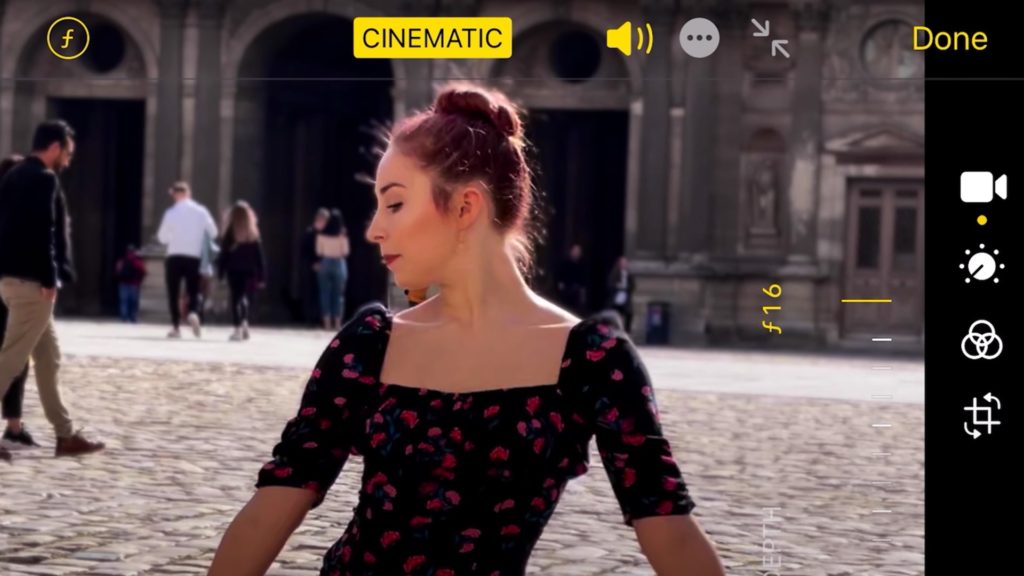
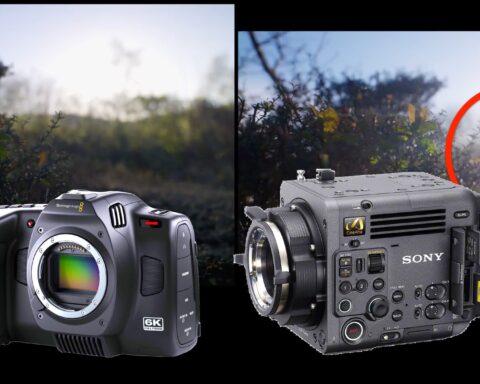
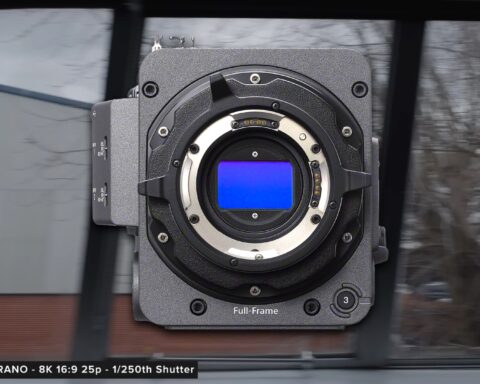
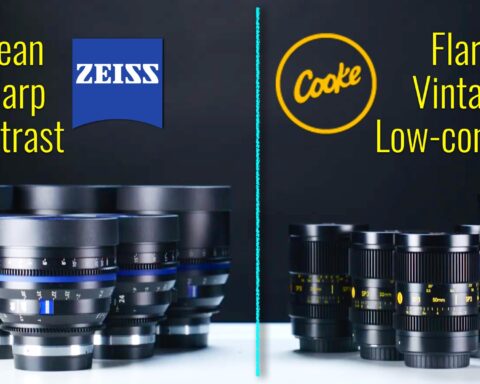
![RED V-Raptor OG vs. [X] vs. ARRI ALEXA 35: Dynamic Range Insights](https://u7s8g8p6.rocketcdn.me/wp-content/uploads/2024/02/red-v-raptor-x-arri-alexa-35-480x384.jpeg)
